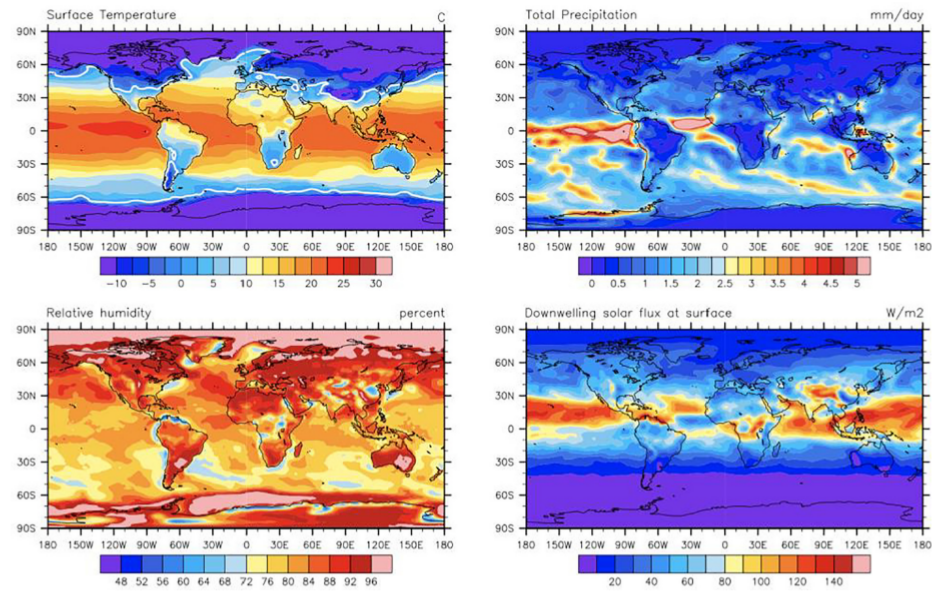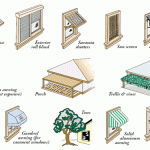During a global catastrophe such as a nuclear winter, in which sunlight and temperatures are reduced across every latitude, to maintain global agricultural output it is necessary to grow some crops under structures.
Either a small regional nuclear war, such as India vs. Pakistan or a minor one-sided nuclear assault on population centers could catalyze a global nuclear autumn, which would starve millions of people.
This study designs a method for scaling up crop production in low-tech greenhouses to contribute to global food sustainability during global catastrophic conditions. Constructing low-tech greenhouses would obviate growing crops using more expensive and energy intensive artificial light. To significantly contribute to world-wide food demand, these greenhouses must be constructed quickly, cost-effectively, and in extreme quantity.
The greenhouse structures are designed to utilize global markets of timber, polymer film, construction aggregates, and steel nails. The limiting market that determines the growth rate of the greenhouses is the rate at which polymer film and sheet are currently extruded.
In an event that causes sunlight and temperatures to decrease over the entirety of earth, most crops would be too frost sensitive to be grown outside the tropics, and even the tropics would require an alternative method to growing crops than simply conventional growth outdoors. Conditions under low-tech greenhouses in the tropics would feasibly accommodate the production of nearly all crops. Some supplemental lighting would be required for long day crops.
The analysis shows that the added cost of low-tech greenhouses is about two orders of magnitude lower than the added cost of artificial light growth. The retail cost of food from these low-tech greenhouses will be ~2.30 USD/kg dry food higher than current costs; for instance, a 160% retail cost increase for rice. According to the proposed scaling method, the greenhouses will provide 36% of food requirements for everyone by the end of the first year, and feed everyone after 30 months. (Population is considered constant at currrent values).
Source: Alvarado, Kyle A., et al. “Scaling of greenhouse crop production in low sunlight scenarios.” Science of The Total Environment (2019): 136012. Open access.






